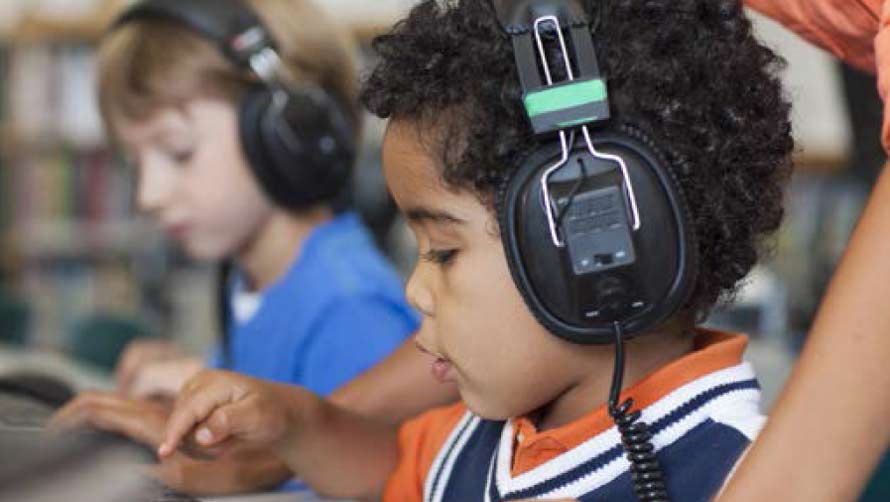
MOVING FORWARD: Implementing the ‘Guidelines for the Alternative Care of Children’

The situation of children deprived of parental care has been the subject of constant and serious concern expressed by the Committee on the Rights of the Child over its two decades of work to monitor and promote the implementation of the Convention on the Rights of the Child. This concern is not only evident from the Committee’s findings when reviewing individual States compliance with the treaty’s provisions, but was also manifested clearly and in global terms when it decided to devote its annual Day of General Discussion to that issue in 2005.
The Committee’s preoccupations are based on a variety of factors. These include:
- The large number of children coming into alternative care in many countries, too often essentially due to their family’s material poverty,
- The conditions under which that care is provided, and
- The low priority that may be afforded to responding appropriately to these children who, lacking the primary protection normally assured by parents, are particularly vulnerable.
The reasons for which children find themselves in alternative care are wide-ranging, and addressing these diverse situations – preventively or reactively – similarly requires a panoply of measures to be in place. While the Convention sets out basic State obligations in that regard, it does not provide significant guidance on meeting them. This is why, from the very outset of the initiative in 2004, the Committee gave whole-hearted support to the idea of developing the Guidelines for the Alternative Care of Children that would gain the approval of the international community at the highest level.
The acceptance of the Guidelines by the UN General Assembly in 2009 signaled all governments’ general agreement that the ‘orientations for policy and practice’ they set out are both well-founded and desirable. Since that time, the Committee has been making full use of the principles and objectives established in the Guidelines when examining the reports of States Parties to the Convention and in formulating its observations and recommendations to them.
As with all internationally agreed standards and principles, however, the real test lies in determining how they can be made a reality throughout the world for those that they target – in this case, children who are without, or are at risk of losing, parental care. Identifying those measures means, first of all, understanding the implications of the ‘policy orientations’ proposed in the Guidelines, and then devising the most effective and ‘do-able’ ways of meeting their requirements. Importantly, moreover, the Guidelines are by no means addressed to States alone: they are to be taken into account by everyone, at every level, who is involved in some manner with issues and programmes concerning alternative care provision for children.
Feedback and Comment